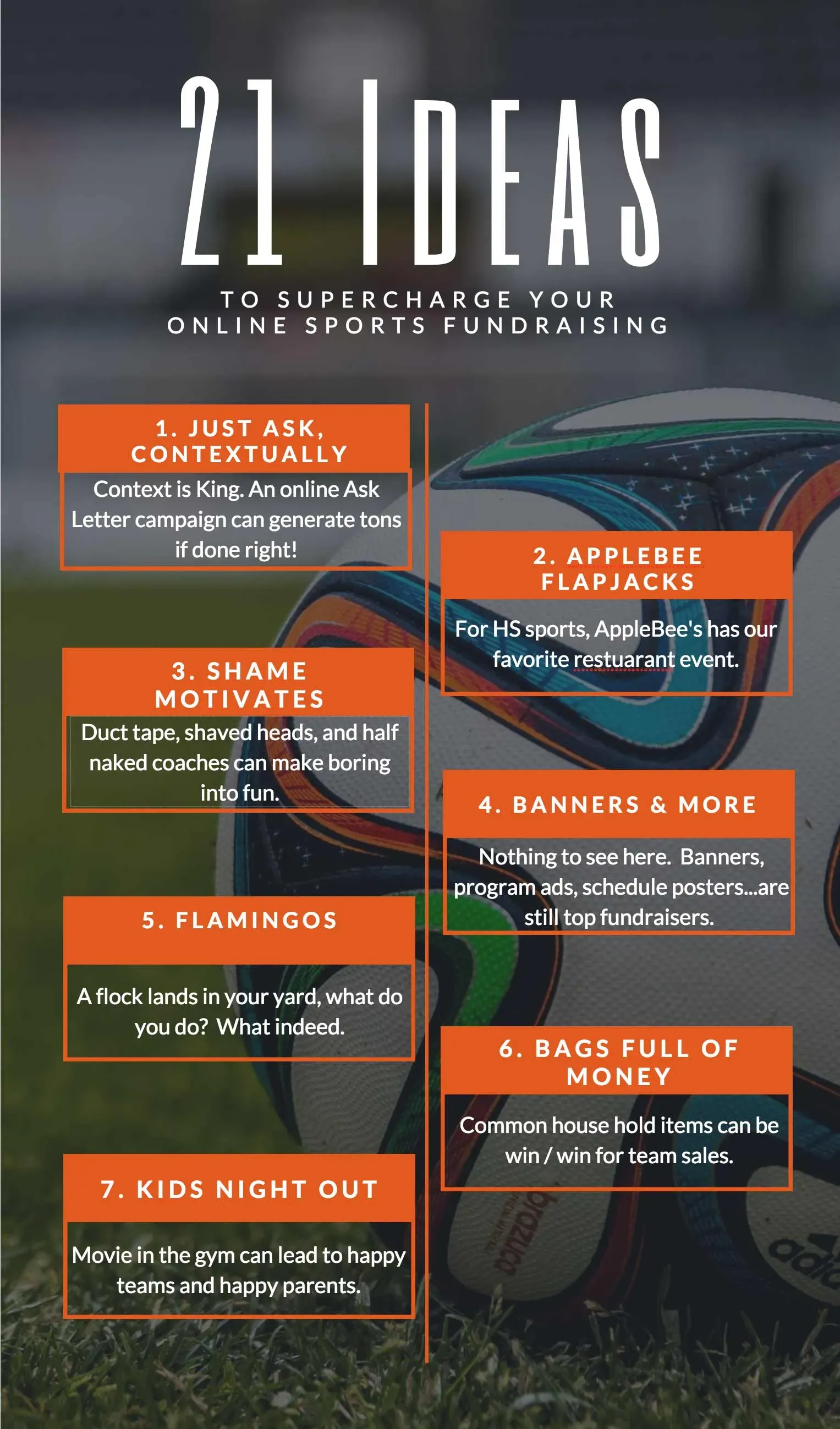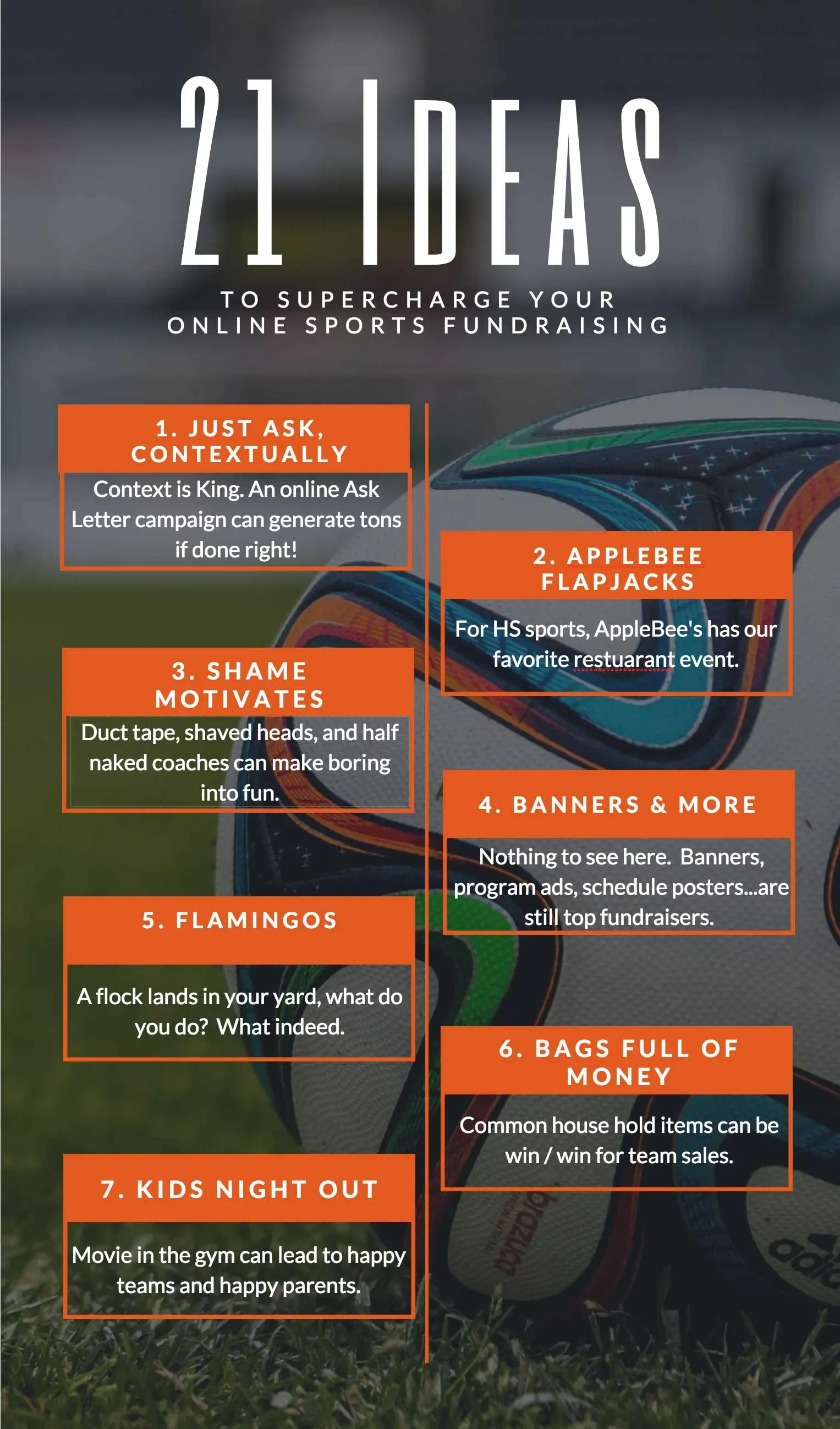Table of Contents
Let's be real. High school budgets rarely cover everything. Whether it's new sports equipment, funding for clubs, fixing up the auditorium, or just making prom happen without charging an arm and a leg, schools often need extra cash. Relying solely on district funds or parent donations isn't always enough. That's where finding the **best fundraising ideas for high school** comes in. It's not just about shaking a can; it's about finding strategies that actually work, engage students, parents, and the community, and ideally, don't feel like pulling teeth. We're going to cut through the noise and look at ideas that have a track record, some that are a bit more outside the box, and how to make sure your chosen fundraiser doesn't flop. Forget the tired, low-return efforts you've seen a hundred times. This guide will walk you through proven methods and smart approaches to boost your school's finances effectively.
Why High Schools Need Fundraising & How to Pick the Right Idea

Why High Schools Need Fundraising & How to Pick the Right Idea
Look, running a high school isn't cheap, and the money from the state or local taxes often feels like trying to fill a swimming pool with an eye dropper. That's why fundraising is so critical – it bridges the gap between a basic education and one that offers richer experiences, better resources, and opportunities for *all* students, not just those whose families can afford extra fees. We're talking about things like updated science labs, funding for debate club travel, new uniforms for the marching band, or even just ensuring the library has current books. Choosing the right fundraiser isn't just picking something easy; it's about finding an activity that resonates with your school community, aligns with your goals, and actually brings in the necessary funds without burning everyone out.
Classic & Reliable Best Fundraising Ideas for High School

Classic & Reliable Best Fundraising Ideas for High School
The Eternal Appeal of Selling Stuff
Let's start with the tried and true, the bread and butter of school fundraising: selling things. Think candy bars, cookie dough, popcorn, or even those catalogs filled with gift wrap and random gadgets you never knew you needed. This isn't exactly groundbreaking, but it works because it's straightforward. Students take orders, people buy stuff they might actually want (or feel obligated to buy, let's be honest), and the school gets a cut. The profit margins can vary wildly depending on the product and vendor, so you have to do your homework here. Don't just sign up with the first company that promises the moon; look at the actual profit percentage you keep per item sold. It requires organization, tracking inventory, and making sure everyone gets paid and gets their goods.
Putting on a Show (or Washing a Car)
Events are another staple, and for good reason. They bring people together and create a sense of community involvement. Car washes are classic – cheap to run, just need some soap, water, and energetic students. Bake sales are easy entry points, though health regulations can sometimes be a headache depending on where you are. Dances, talent shows, or movie nights can also generate revenue through ticket sales and concessions. The key here is making the event appealing enough that people actually want to attend and pay. A poorly promoted or boring event won't raise much more than a few yawns.
- Product Sales (Candy, Cookie Dough, etc.)
- Car Washes
- Bake Sales
- School Dances
- Talent Shows
- Movie Nights
Getting Active for a Cause
Activity-based fundraisers, like walk-a-thons or read-a-thons, have stuck around because they tap into sponsorship models. Students get pledges from friends and family for every mile walked or every book read. It encourages participation, promotes healthy habits (or reading, which is also good), and can be relatively low-cost to organize beyond prizes and tracking. They require motivated students willing to hustle for sponsors and a solid system for collecting pledges and tracking progress. It's less about a one-time transaction and more about sustained effort over a period.
Beyond Bake Sales: Creative Best Fundraising Ideas for High School

Beyond Bake Sales: Creative Best Fundraising Ideas for High School
Events That Don't Feel Like Fundraisers
so we've covered the classics. They work, but sometimes you need something with a bit more spark. Think about events that people *actually* want to attend, not just because they feel obligated. A "Reverse Raffle" where the last ticket drawn wins the big prize can be fun and build suspense. A themed trivia night, a parent's night out with childcare provided by students (supervised, of course), or even a "battle of the bands" featuring local groups or student acts can draw a crowd and generate ticket sales. The key is making it an experience worth paying for, not just another school function. These creative approaches can often be among the **best fundraising ideas for high school** because they tap into community interest and entertainment value.
Selling Experiences or Services, Not Just Cookies
Move beyond tangible goods. What skills do your students or staff have? Could you offer a "Hire-a-High-Schooler" day for yard work, tech help for seniors, or tutoring for younger kids? How about selling "prime parking spots" for a semester? Auctioning off unique experiences, like a principal-for-a-day pass, front-row seats at graduation, or a personalized mural painted by the art class, can fetch surprisingly high bids. Think about what's valuable or desirable within your specific school community. Sometimes the **best fundraising ideas for high school** are the ones that leverage the unique talents and resources you already have, rather than bringing in external products.
- Reverse Raffle
- Themed Trivia Night
- Parent's Night Out (with student childcare)
- Battle of the Bands
- "Hire-a-High-Schooler" Services
- Auctioning Unique Experiences (Principal-for-a-Day, Prime Parking)
Leveraging Tech for High School Fundraising Success

Leveraging Tech for High School Fundraising Success
Going Digital with Online Platforms
Alright, let's talk tech. If your high school isn't using online fundraising platforms, you're leaving money on the table. Seriously. Kids these days live online, parents are busy and appreciate convenience, and frankly, counting cash is a pain. Platforms like Givebutter, GoFundMe Charity (for larger efforts), or even simple PayPal links make it incredibly easy for people to donate directly. You set up a page, tell your story, set a goal, and share the link. It cuts out the need for physical collection points for simple donations and expands your reach far beyond the local community. Grandparents in another state can donate with a few clicks. This is one of the simplest ways to implement the **best fundraising ideas for high school** in the digital age.
Social Media: Your Free Promotion Machine
so you've got an online donation page or you're selling tickets to that awesome trivia night. How do people find out? Social media, obviously. Facebook, Instagram, maybe even TikTok for the really brave souls. This is where your students can shine. Empower them to share the fundraiser details with their networks. Post compelling photos and videos. Explain *why* you're fundraising – show pictures of the broken band instruments or the outdated library computers. Don't just post a link and hope for the best; create buzz. Run contests for sharing, highlight students involved, make it visually appealing. It's free advertising, and when done right, it can significantly boost engagement and donations for your **best fundraising ideas for high school**.
- Set up a dedicated fundraising page URL.
- Use compelling images and videos.
- Share student testimonials about why the funds are needed.
- Run social media challenges or contests.
- Post regular updates on progress towards your goal.
Virtual Events and Peer-to-Peer Power
Tech also opens the door for fundraisers that don't require everyone to be in the same room. Think virtual talent shows, e-sports tournaments, or online auctions. These can reach a wider audience and reduce logistical headaches. Another powerful tech tool is peer-to-peer fundraising. This is where individuals (students, teachers, parents) create their *own* mini-fundraising pages linked to the main school campaign. They set personal goals and reach out to their own networks for support. It decentralizes the effort and leverages personal connections, which can be incredibly effective. It's a modern twist on the classic sponsorship model and can turn average **best fundraising ideas for high school** into something truly impactful.
Making Your Best Fundraising Ideas for High School Actually Work

Making Your Best Fundraising Ideas for High School Actually Work
Know Exactly What You're Funding (And Tell Everyone)
Alright, you've brainstormed some potentially **best fundraising ideas for high school**. Great. But before you launch that car wash or online campaign, get surgical about *why* you're doing it. "We need money for the school" isn't a compelling reason. "We need $5,000 to buy new band stands because the old ones are literally held together with duct tape" is. "We need $10,000 to send the debate team to the national competition because they qualified for the first time in a decade" is even better. People are more likely to donate when they know precisely where their money is going and the tangible impact it will have. Set a specific, achievable financial goal and break down exactly how the funds will be used. Communicate this clearly and constantly to everyone involved – students, parents, potential donors. Ambiguity kills motivation faster than a poorly planned bake sale on a rainy day.
Mobilize Your Army (Students, Parents, Staff)
A fundraiser isn't a one-person show, and it certainly shouldn't fall solely on the shoulders of the principal or one tired teacher. The **best fundraising ideas for high school** involve getting the entire school community invested. Students are your primary workforce and promoters; they need to be excited and understand their role. Parents are often the donors and can be powerful volunteers or corporate sponsors. Staff members can lend expertise and supervision. Form committees, assign roles, and make sure everyone knows what they need to do. A well-organized team, even for something as simple as selling popcorn, makes a massive difference in reaching your goal. Don't just announce the fundraiser; recruit champions who will actively push it.
Think of it like this:
- Students: Sales, participation, peer-to-peer promotion.
- Parents: Donations, volunteering, tapping into networks, corporate matches.
- Staff: Supervision, logistics, integrating into school activities.
- Community: Attending events, direct donations, local business partnerships.
Promote Like Crazy, Track Everything, Say Thank You
Once you've picked one of the **best fundraising ideas for high school**, set your goal, and assembled your team, you have to market it relentlessly. Use every channel available: school announcements, flyers, emails, social media (as mentioned earlier, it's free!), local newspapers, community bulletin boards. Make it visible. As money starts coming in, track it meticulously. Use spreadsheets, online platform reports, whatever works, but know your progress towards the goal daily. Share updates with your team and the school community – celebrating milestones keeps momentum going. Finally, and this is crucial, thank your donors and volunteers. A simple thank-you note, a shout-out on social media, or a small token of appreciation goes a long way in building goodwill and ensuring future support. People who feel appreciated are more likely to help next time you launch one of your **best fundraising ideas for high school**.
Making Your High School Fundraiser Count
Finding the best fundraising ideas for high school isn't a magic trick; it demands planning, effort, and a willingness to try things that actually resonate with people. You've seen that while the classics like bake sales have their place, sometimes you need to think bigger or smarter. Whether it's leveraging technology for wider reach or getting students genuinely invested in a unique event, the goal is to move beyond just asking for money. A successful fundraiser leaves participants feeling good about contributing, not just obligated. It builds community, teaches students valuable skills, and, yes, brings in the necessary funds. Choose wisely, execute meticulously, and track your results. That's how you turn a simple idea into a genuine win for your school.
